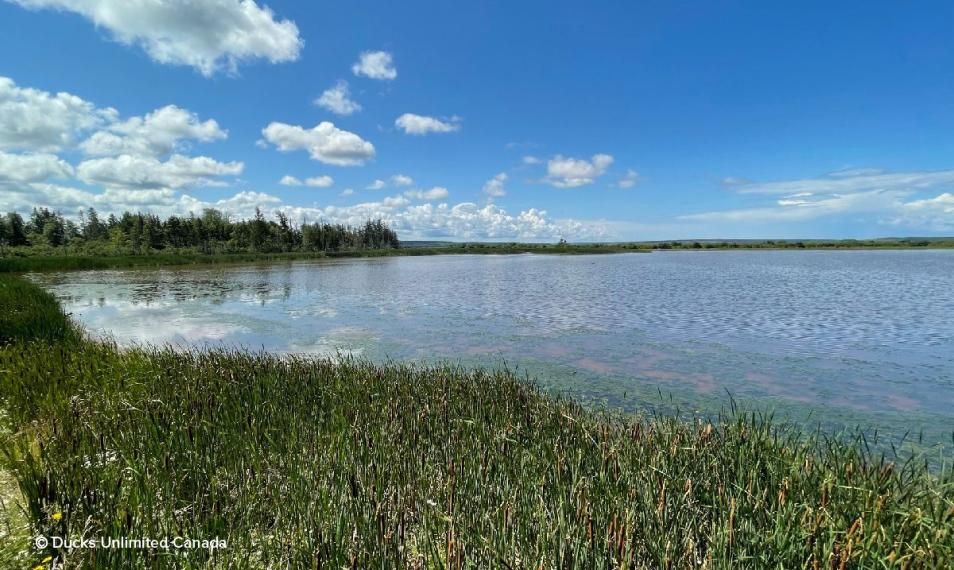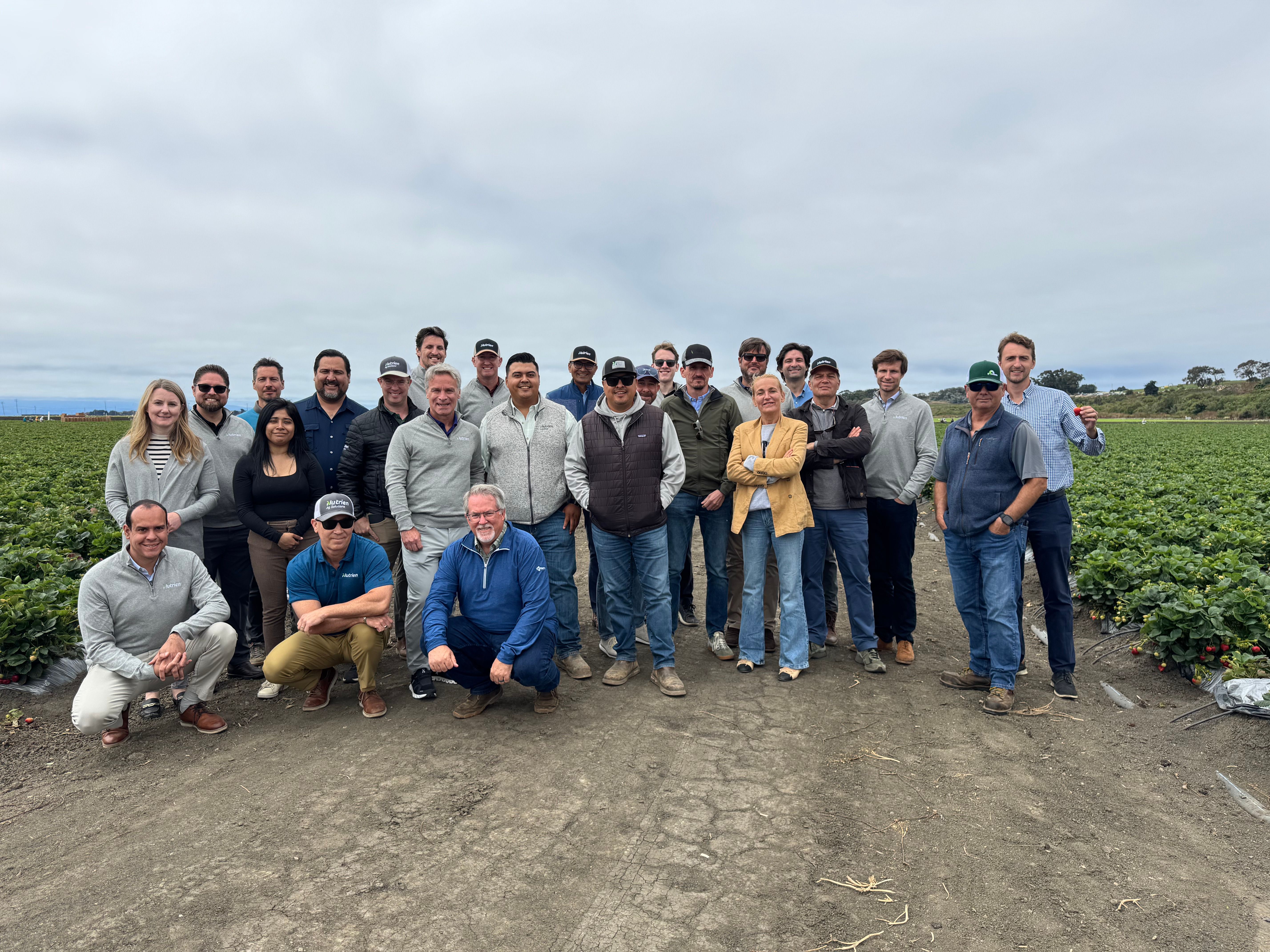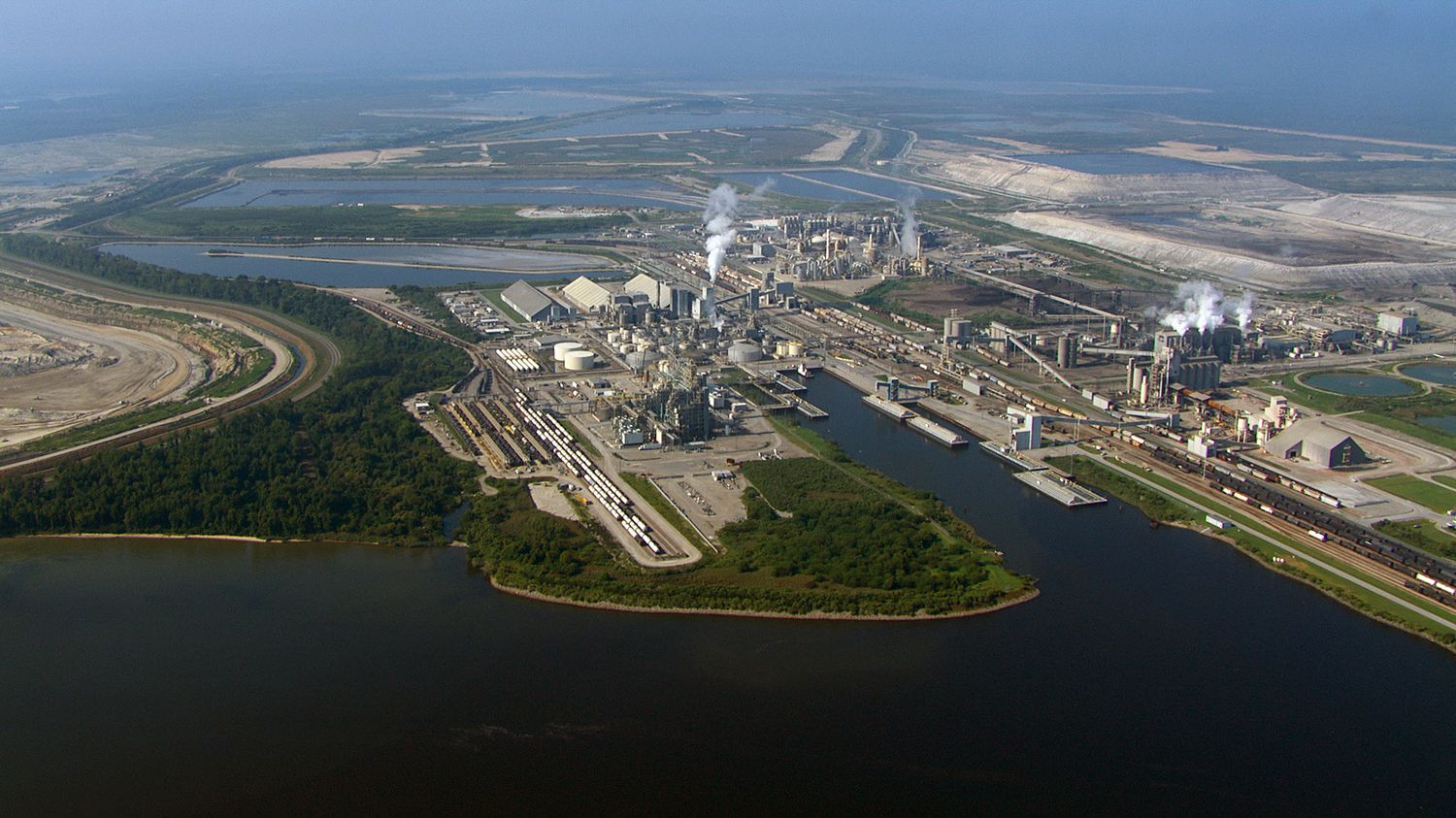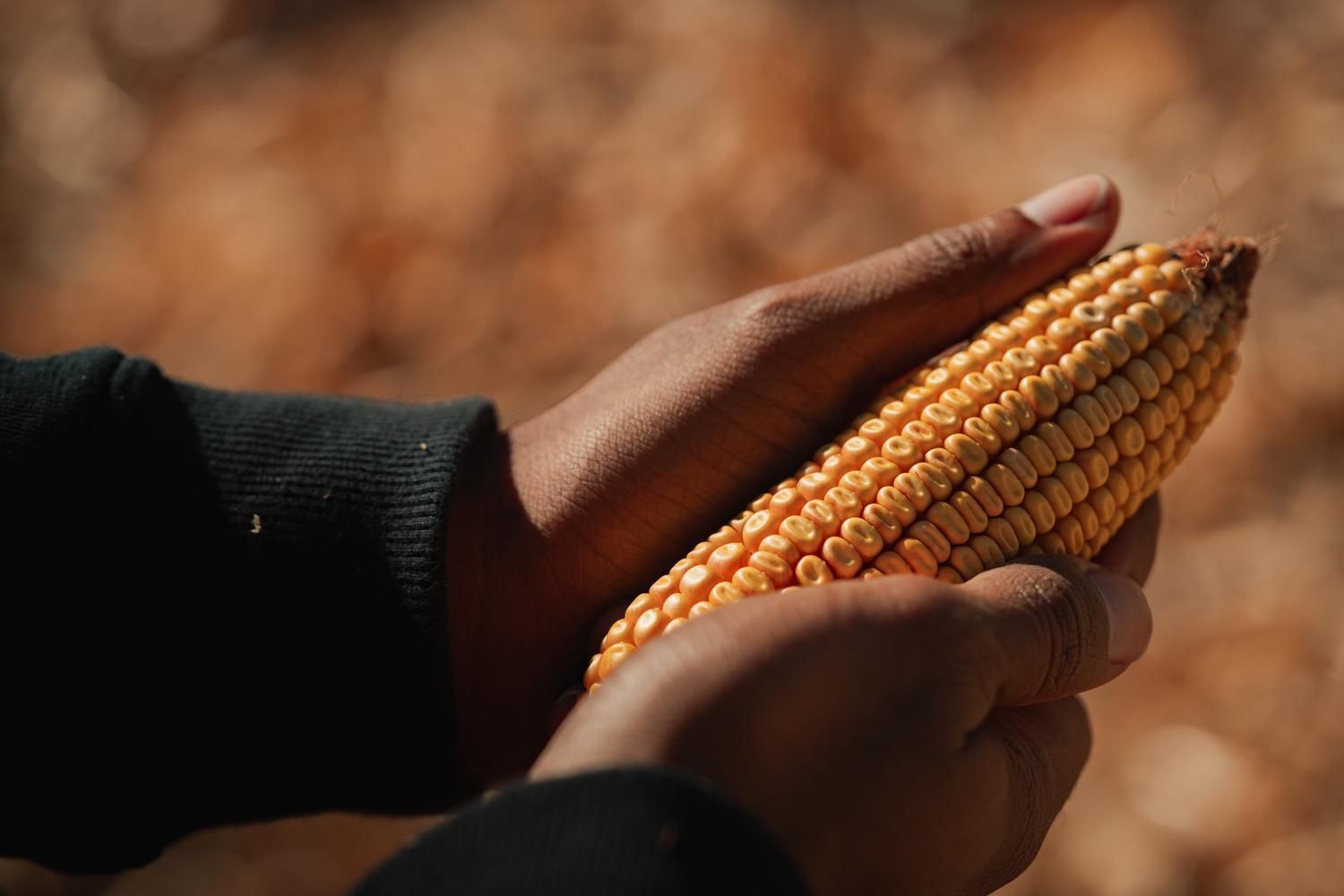
Nutrien expert weighs in on biodiversity in agriculture
According to the United Nations, biodiversity is essential to agriculture and is, “indispensable to food security and sustainable development.” We need biodiversity in order to mitigate the effects of climate change on the environment while increasing food production.
On May 17, Environment and Climate Change Canada, as part of the Government of Canada, announced the launch of the Conservation Exchange Pilot.
The Government defines the Conservation Exchange as a “straightforward and voluntary way for companies to help conserve nature. For the first time, the Conservation Exchange is applying a science-based certification process that includes a standardized measure of biodiversity benefits to conservation projects.”
To learn more about the pilot and Nutrien’s role in it, we interviewed Mike Nemeth, Senior Advisor, Agricultural and Environmental Sustainability at Nutrien.
Why is biodiversity important at Nutrien?
Biodiversity is important at Nutrien because our business and our grower customers are dependent on natural ecosystems and the biodiversity within those ecosystems to be able to produce the crops on the farm and to be able to grow the seeds for our seed business.
How is Nutrien working with Maple Leaf Foods and Ducks Unlimited Canada on this project?
Nutrien has been working with Maple Leaf Foods (MLF) over the last few years as our agri-food value chain partner for Nutrien’s Carbon Program in Canada. We have been partnering to understand how to best enable farmers to reduce carbon emissions and sequester carbon in the soil through agricultural management practices, and generate a validated, verified carbon credit that can create value for the grower.
Ducks Unlimited Canada (DUC) has been a long-standing conservation partner with Nutrien. We have several projects with them, including the Forage Incentive Program, the Marginal Areas Program, and the Legacy Wetland Program, where through our $1.15 million investment we’ve conserved over 3,700 acres of habitat across the prairies over the last 11 years.
All three organizations have mutual interest in supporting sustainable agriculture, and decided to come together, leveraging the relationships and the work from the carbon program.
What does the Conservation Exchange Pilot mean for Nutrien?
This is an opportunity to showcase that we are shifting towards optimizing crop production on productive acres and moving away from maximizing production across all acres. Doing so through the Conservation Exchange Pilot allows us to highlight how in field management of landscapes can contribute to positive biodiversity outcomes. The program will focus on southwest Manitoba and southeast Saskatchewan.
What steps are involved?
The first step is to identify growers that want to voluntarily participate in converting marginal land within their fields from cultivated areas to forages.
Marginal areas on the farm would then be identified and confirmed within a farm’s fields using our HDRx tool, a proprietary tool developed by Nutrien Ag Solutions as part of our precision ag and digital offerings.
Once the marginal areas are identified, a grower gets financial support in converting those marginal areas to forages. DUC’s Marginal Areas Program (MAP), partially funded by Nutrien, provides cash payments to growers to help support conversion of marginal areas. It's about taking those less productive areas out of production, saving the input costs and still making the acres productive for the grower.
For the Conservation Exchange Pilot, DUC will quantify the soil carbon, biodiversity, water quality and water quantity outcomes from that restored marginal areas land. The Government of Canada, and their provincial partners, will conduct quality assurance on the biodiversity outcomes of the MAP project. This verification step is highly valued by the project partners.
How will growers benefit from this program?
Marginal areas are seeded with commercially available grass and forage seed mixtures. They can increase habitat suitability for pollinators so growers can increase pollination rates.
In taking marginal lands out of production, growers are saving on the input cost. They are no longer putting in money every year and either losing money or not getting that return on investment back in those acres. It should be a financial benefit because that seeded forage can also be used, whether it's cut for hay or grazed. It should have both a financial direct and indirect benefit to the growers.
Which ESG targets does this project align with?
Our current biodiversity target, “Determine how digital on farm tools can identify and track opportunities to enhance biodiversity conservation on agricultural landscapes by end of 2023” (ESG Report, p. 10)
What is Nutrien doing to support biodiversity?
I have seen countless examples from the reclamation and water efficiencies and treatment at our NPK manufacturing, to our expert agronomic advice in the field.
In addition, Nutrien is currently embarking on an enterprise-wide nature (biodiversity and water) assessment to look at our impacts, dependencies, risks, and opportunities related to biodiversity and water. In doing so we’re trying to understand the potential impacts to, and risks associated with biodiversity and water, and then the opportunities that we have to mitigate those risks in a way that works for our business, our customers, and the agri-food value chain.
Related stories


